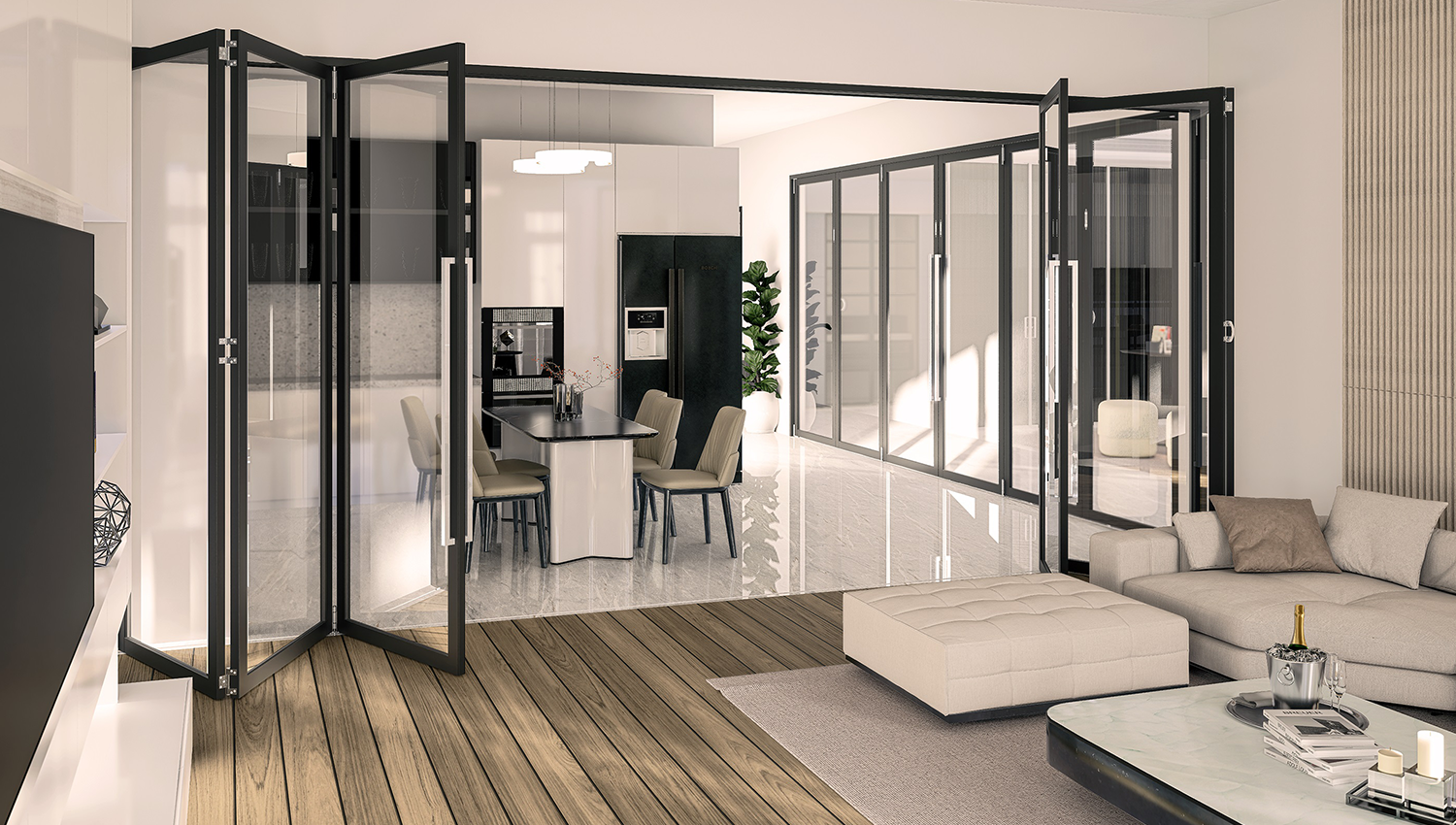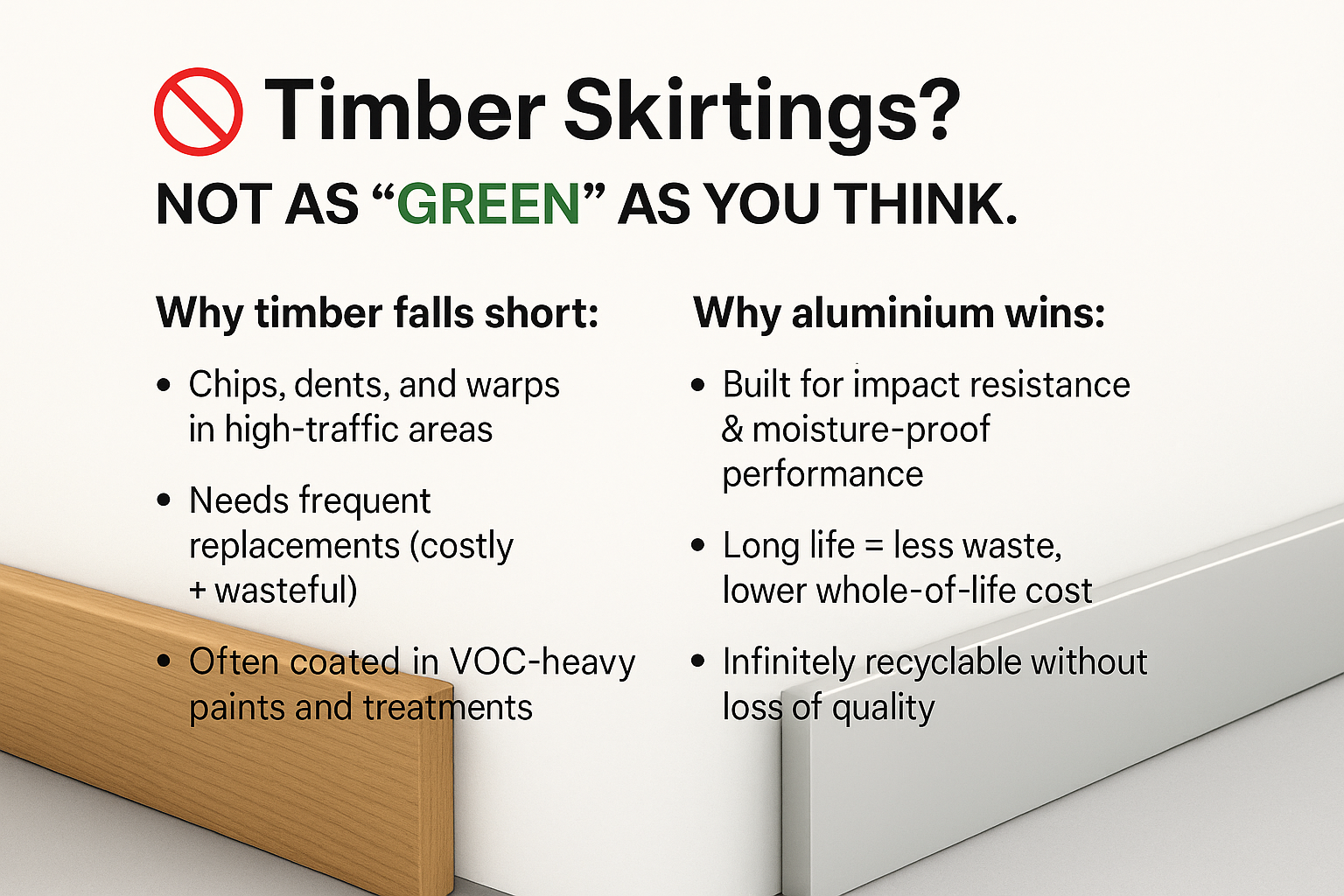
Clothes aren’t the only things that are influenced by fashion – office design is also buffeted by the winds of change in style and taste. We take a look at prevailing commercial office design trends throughout the decades, from the 1950s to the present day.
The 1950s Office
The 1950s was dominated by a sense of corporate standardization. Influenced by the Fordist method of manufacture, the idea was to impart a sense of solidity and efficiency. There was also fascination with the new possibilities granted by developments in technology. For example, the advent of air conditioning and fluorescent lighting meant offices could become completely autonomous and separate from the outside world, with no requirement for natural light and fresh air.
The look: Solid, reliable, monolithic.

The 1960s Office
The 1960s was a time of great social change, in which old perspectives and ways of doing things were being challenged and rejected. In response, design craved modernity; to break with the past and reach into the future.
The look: Fresh, clean, modern.

The 1970s Office
If the 1960s was a time of social change, the 1970s doubled down on this. Concurrently, there were some radical ideas circulating in terms of office design trends. In contrast to the conformist ‘50s, the experience and comfort of the individual became a greater concern. Ecological considerations also started to gain greater currency.
The look: Experimental, high-tech, colorful.

The 1980s Office
The 1980s saw huge strides in technological development, with new communication and information processing devices requiring space in the office. At the same time, with business-focused political policies taking hold across the globe, this decade represented a time when corporate was king.
The look: Sharp, graphic, bold.

The 1990s Office
The 1990s saw a contraction from the “bigness” of the decade that preceded it – in both design and economy. The aesthetic trend of the 90s moved away from the perceived excess of the 80s and towards a more functional and utilitarian design.
The look: Functional, flexible, cubicle.

The “Noughties” Office
A new type of workplace was forged by businesses known as dot coms and start-ups which were predicated on a different approach to work.
The look: Open office, innovative, free-spirited.

What decade’s style would you choose as an influence for your office fitout? Which time period had it going on, and which had no clue? Let us know in the comments!
In our next blog, we’ll take a look into the trends of the 2010s through to today and beyond. Stay tuned to find out where commercial office design trends went next – and where they might be headed in the future!

When we think of luxury homes, the focus often falls on architectural statement pieces – expansive glazing, bespoke joinery, or curated finishes...

Right now, specifying timber skirtings is popular – but when we look at the bigger picture, the environmental and performance realities tell a different story...